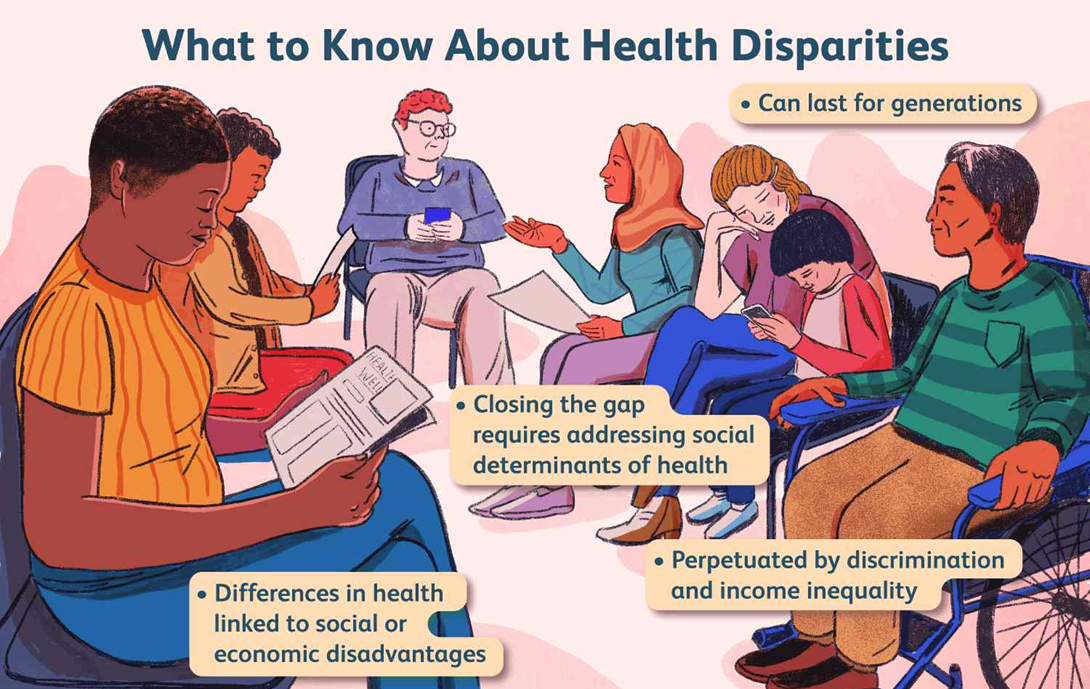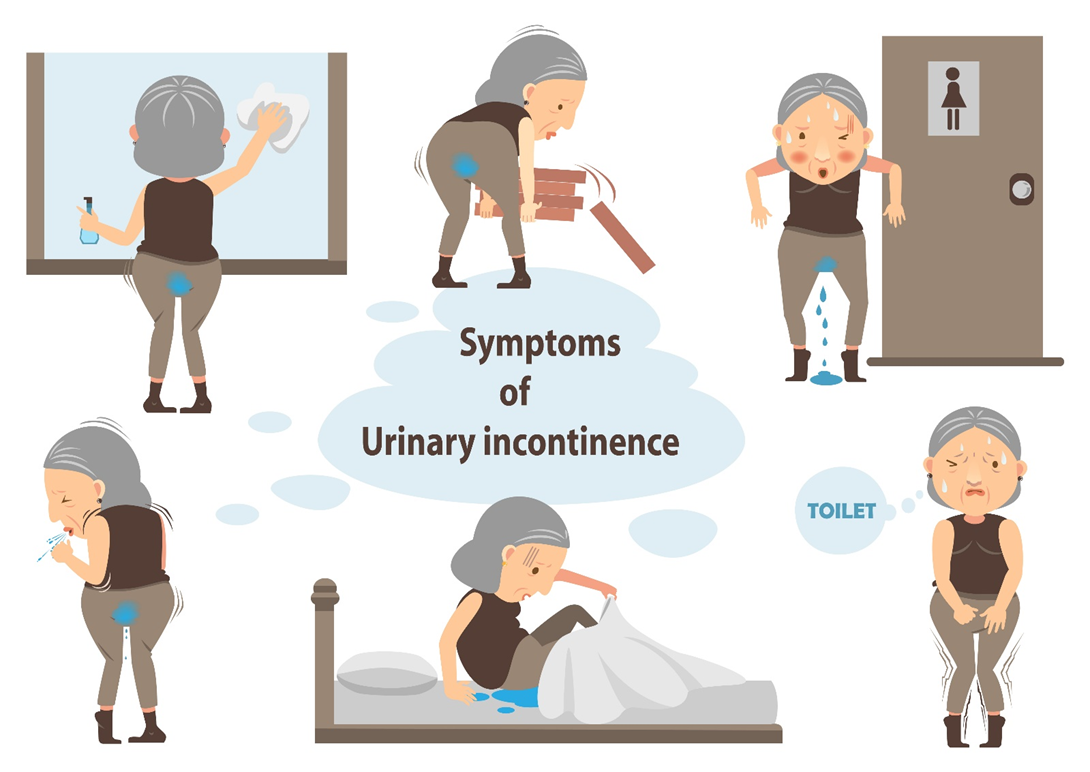How is the term “health disparity” best defined?
Health equity
The difference between an expected incidence and prevalence and that which actually occurs in a comparison population group.
The systematic elimination of the culture of another resulting in decreased wellness.
Differences in health outcomes between groups.
The Correct Answer is D
Choice A reason: Health equity is not the definition of health disparity, but rather the opposite of it. Health equity is the state of fair and equal opportunity for everyone to achieve optimal health, regardless of social or economic factors.
Choice B reason: The difference between an expected incidence and prevalence and that which actually occurs in a comparison population group is not the definition of health disparity, but rather a way of measuring it. Incidence and prevalence are epidemiological terms that refer to the number of new and existing cases of a disease or condition in a population, respectively.
Choice C reason: The systematic elimination of the culture of another resulting in decreased wellness is not the definition of health disparity, but rather an example of cultural genocide. Cultural genocide is the deliberate destruction of the identity, heritage, or traditions of a group of people.
Choice D reason: Differences in health outcomes between groups is the definition of health disparity, as it describes the situation where some groups of people experience worse health status or quality of life than others, due to factors such as race, ethnicity, gender, income, education, or geography.

Nursing Test Bank
Naxlex Comprehensive Predictor Exams
Related Questions
Correct Answer is ["B","C","D"]
Explanation
Choice A reason: Recommending an indwelling urinary catheter is not a good option, as it can increase the risk of urinary tract infections, bladder spasms, and catheter-associated complications.
Choice B reason: Prompted voiding is a technique that involves reminding or prompting the client to void at regular intervals, usually every two to four hours. It can help reduce the frequency and severity of urinary incontinence episodes.
Choice C reason: Scheduled voiding is a technique that involves setting a fixed schedule for the client to void, regardless of their urge or need. It can help prevent bladder overdistension and leakage.
Choice D reason: Pelvic floor muscle exercises, also known as Kegel exercises, are exercises that involve contracting and relaxing the muscles that support the bladder, urethra, and other pelvic organs. They can help strengthen the pelvic floor muscles and improve bladder control.
Choice E reason: None of the above is not a correct answer, as there are three choices that are appropriate for helping the client with urinary incontinence.

Correct Answer is C
Explanation
Choice A reason: Serum sodium levels are not the best determination of hydration in this client, as they can be affected by other factors, such as fluid intake, fluid loss, kidney function, or medication use. Serum sodium levels can be normal, high, or low in a dehydrated or overhydrated client, depending on the cause and type of the fluid imbalance.
Choice B reason: BUN stands for blood urea nitrogen, which is a waste product of protein metabolism that is excreted by the kidneys. BUN is not the best determination of hydration in this client, as it can be influenced by other factors, such as protein intake, liver function, or muscle breakdown. BUN can be high or low in a dehydrated or overhydrated client, depending on the cause and type of the fluid imbalance.
Choice C reason: Urine osmolality is the best determination of hydration in this client, as it measures the concentration of solutes in the urine, which reflects the ability of the kidneys to adjust the urine output according to the fluid status. Urine osmolality can indicate the degree of dehydration or overhydration in a client, as it increases or decreases in response to the fluid balance.
Choice D reason: Urine color is not the best determination of hydration in this client, as it can be affected by other factors, such as food, medication, or infection. Urine color can be dark or light in a dehydrated or overhydrated client, depending on the cause and type of the fluid imbalance.
Whether you are a student looking to ace your exams or a practicing nurse seeking to enhance your expertise , our nursing education contents will empower you with the confidence and competence to make a difference in the lives of patients and become a respected leader in the healthcare field.
Visit Naxlex, invest in your future and unlock endless possibilities with our unparalleled nursing education contents today
Report Wrong Answer on the Current Question
Do you disagree with the answer? If yes, what is your expected answer? Explain.
Kindly be descriptive with the issue you are facing.
